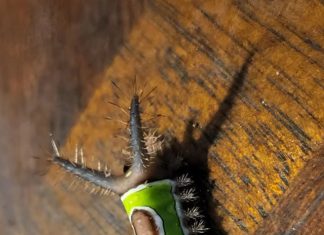Lone Star Ticks: Understanding, Prevention, and Response
Ticks are a *prevalent concern* for outdoor enthusiasts and nature lovers. Among the various species, the lone star tick has gained attention in recent years due to its aggressive behavior and potential to spread certain diseases. Characterized by a distinctive white dot on the dorsal side of female ticks, their population primarily resides in the southeastern and eastern regions of the United States, although their territory has been slowly expanding northward. It is crucial for anyone who enjoys outdoor activities to understand the behavior of lone star ticks, the risks they pose, and effective ways to protect themselves.
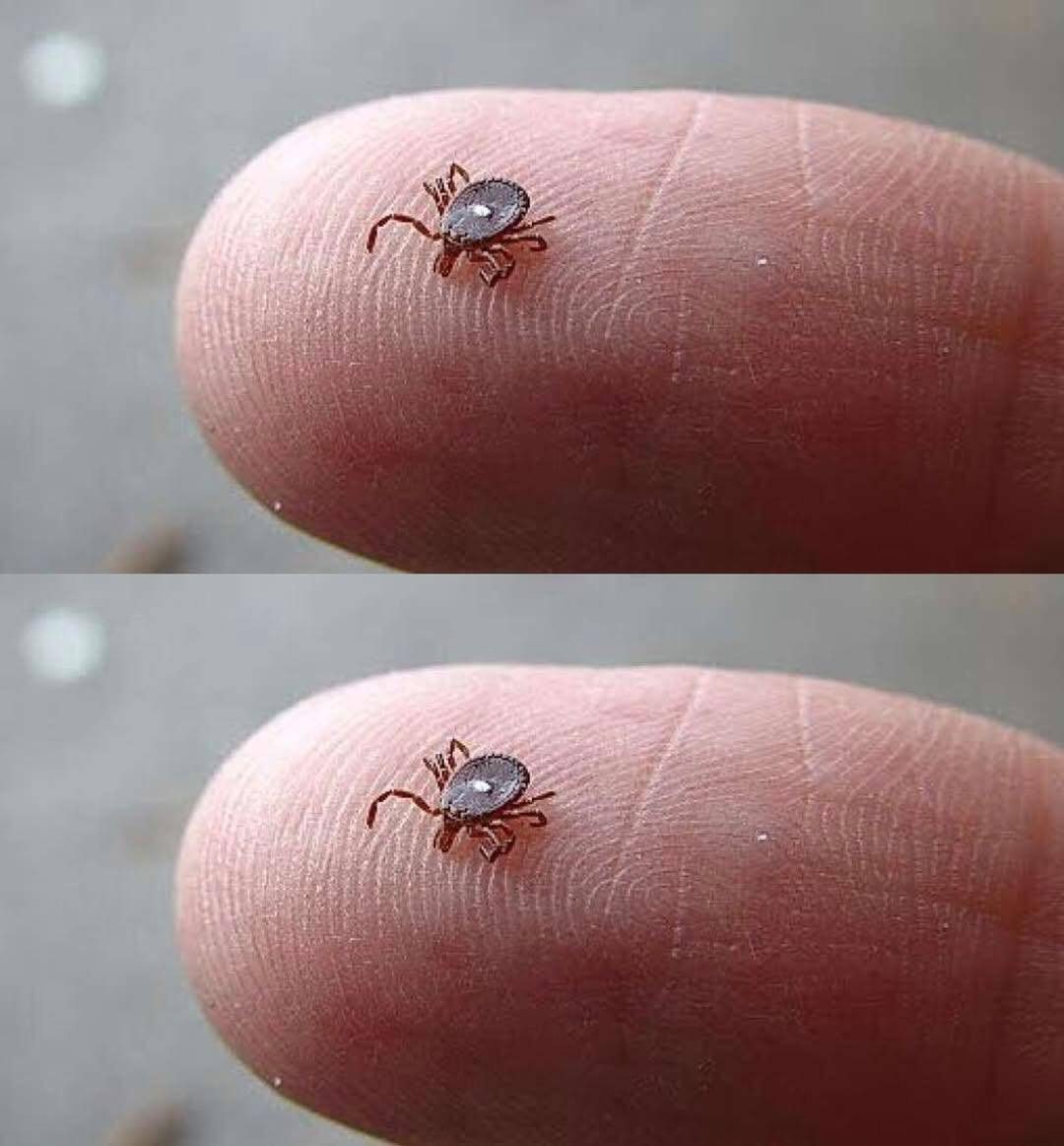
What Are Lone Star Ticks?
Unlike other tick species that wait passively for a host to wander by, lone star ticks are known for their *active pursuit of blood meals*. They can sense carbon dioxide, body heat, and movement, allowing them to effectively navigate toward potential hosts. This proactive hunting strategy increases the likelihood of a quick attachment, making these ticks a notable concern for anyone venturing outdoors. According to the Centers for Disease Control and Prevention (CDC), while lone star ticks are not recognized as carriers of Lyme disease, they are associated with several other serious illnesses, including:
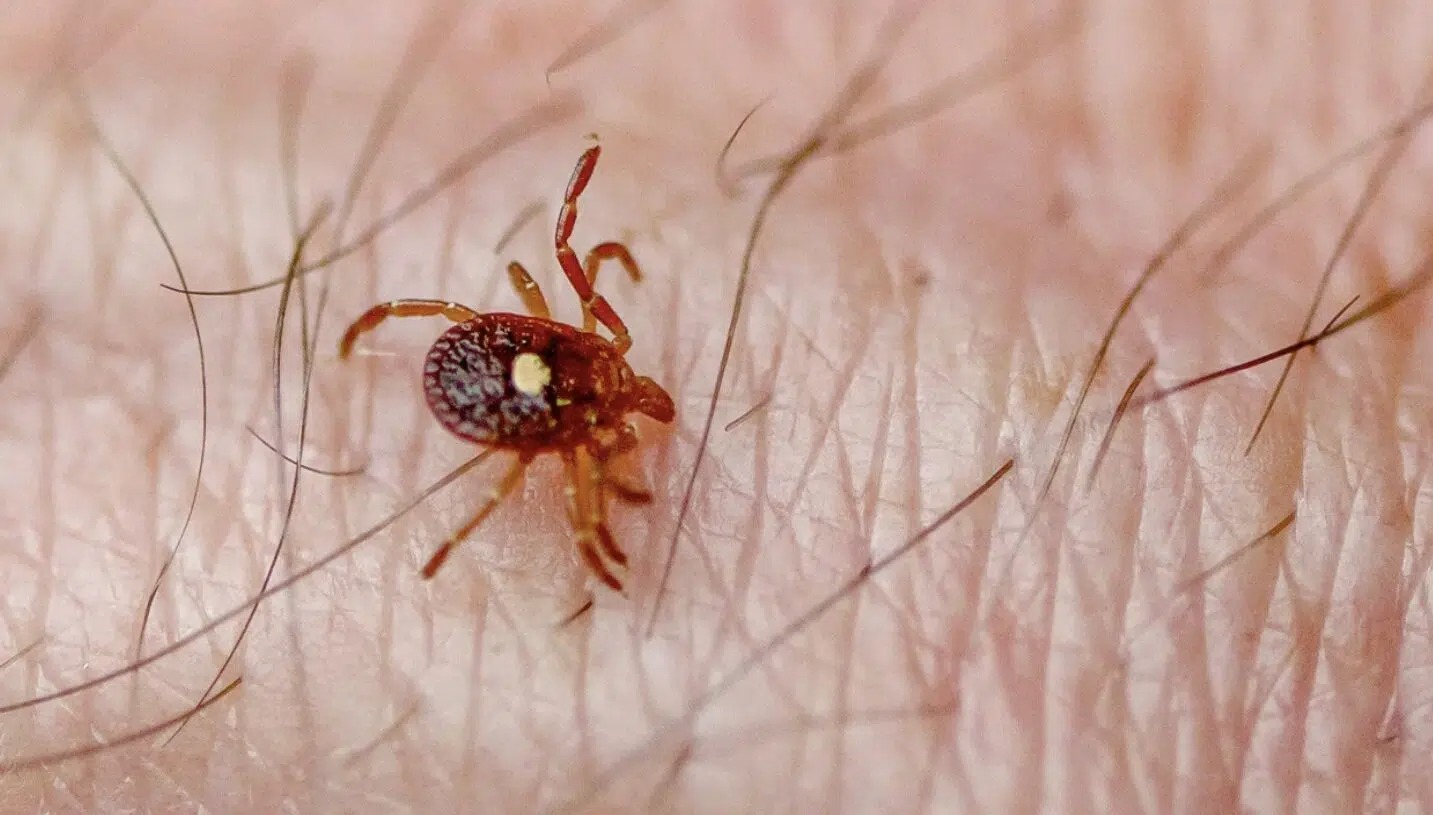
- Ehrlichiosis: A bacterial infection characterized by symptoms such as fever, fatigue, headaches, and muscle aches.
- Tularemia: A less common disease that can impact the skin, lungs, or even the eyes, often requiring medical intervention.
- Heartland virus and Bourbon virus: Emerging viruses that, although rare, can be transmitted through tick bites.
- Alpha-gal syndrome (AGS): A peculiar allergic reaction that can develop after a bite, leading to a sensitivity to red meat and other animal-derived products.
Immediate Actions After a Lone Star Tick Bite
In the event of a lone star tick bite, prompt and effective removal is critical to minimize the risk of disease transmission. Health professionals recommend specific steps to ensure proper tick removal:
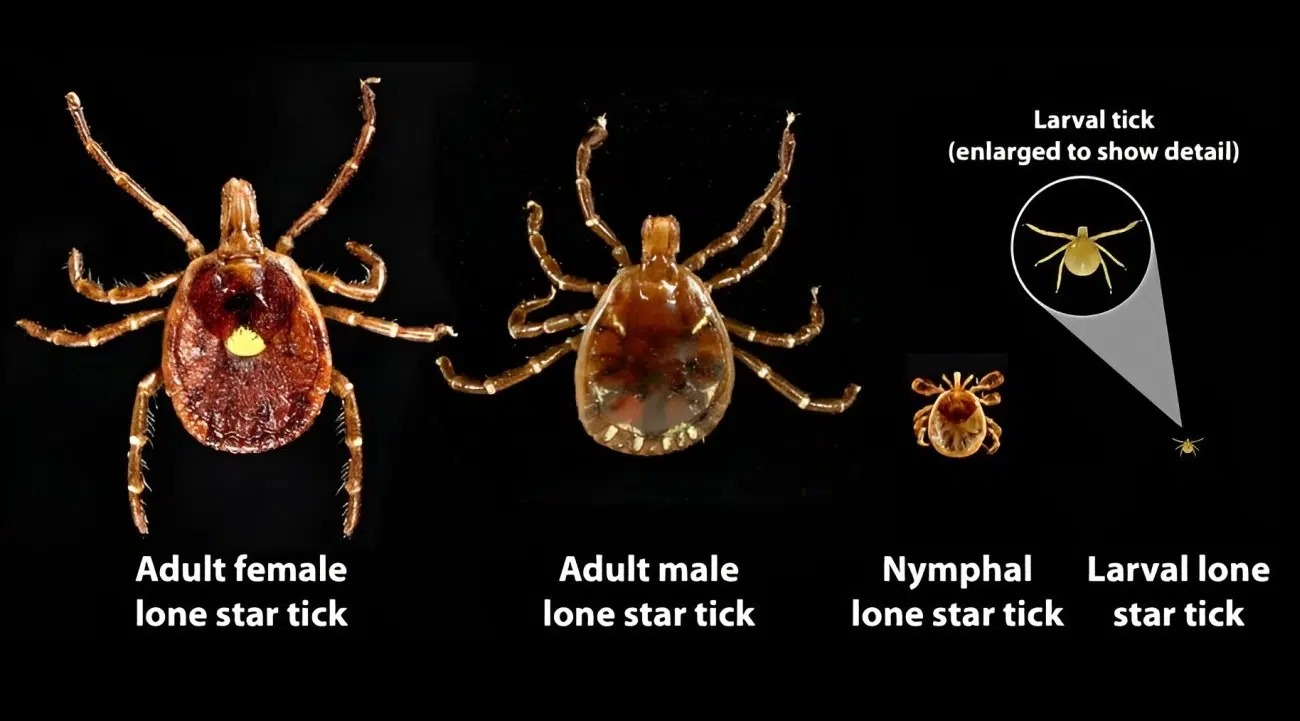
- Remove the Tick Carefully: Use fine-tipped tweezers to grasp the tick as close to the skin as possible. Pull upward steadily without twisting, which could cause the mouthparts to break off and remain embedded in the skin.
- Clean the Bite Area: After removal, thoroughly cleanse the bite site with soap and water. Follow up by disinfecting with rubbing alcohol or an iodine solution to prevent infection.
- Save the Tick for Identification: If feasible, place the tick in a sealed container or tape it to a piece of paper. Keeping the tick can assist in identification should any symptoms arise later.
- Monitor Your Health: Document the date of the bite and keep an eye out for symptoms in the days and weeks following the incident. Early signs of infection may include fever, chills, fatigue, headaches, or rashes. If any symptoms develop, seek medical attention promptly and inform your healthcare provider about the tick bite.
Effective Prevention Strategies
Prevention is undoubtedly the most effective way to safeguard against lone star tick bites. Both the CDC and the Environmental Protection Agency (EPA) suggest various strategies to minimize the risk of tick encounters:
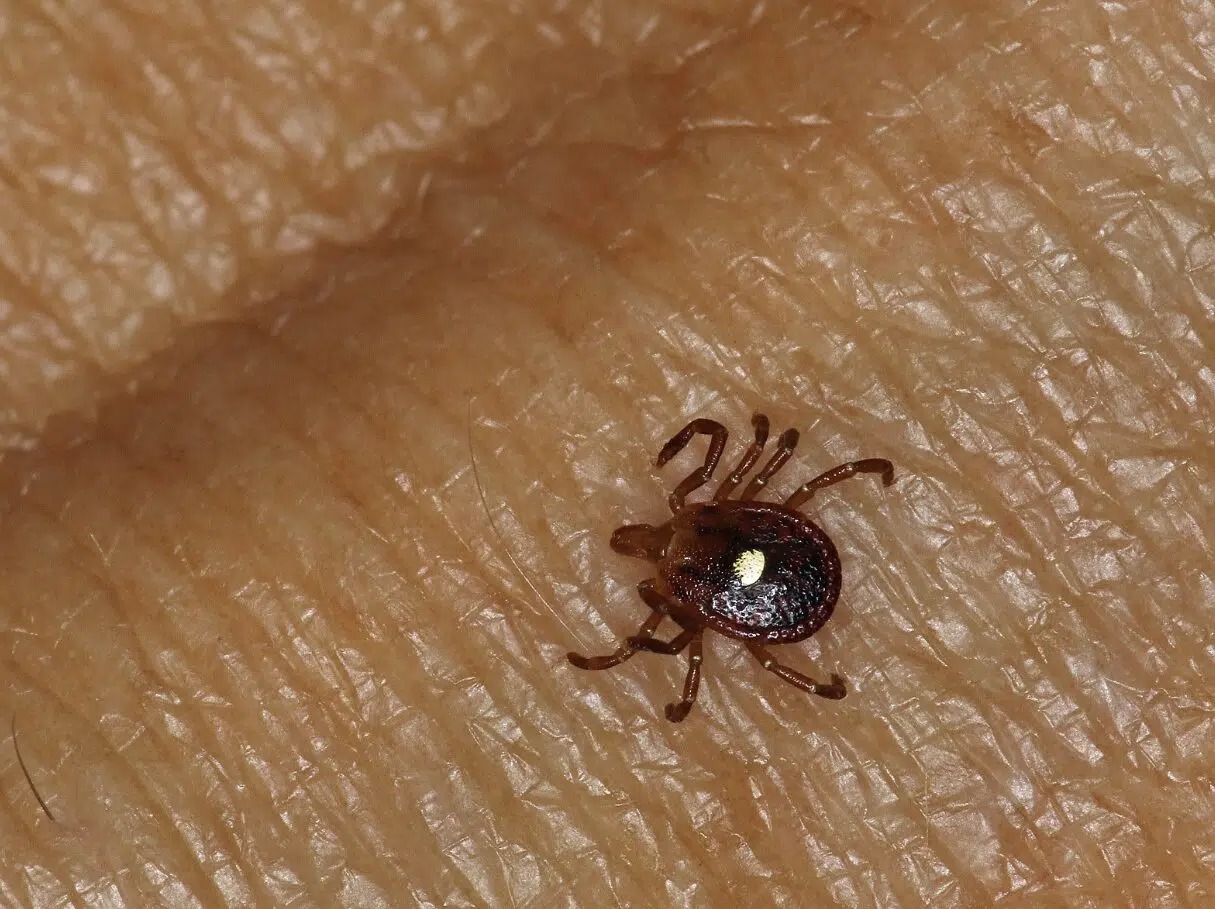
- Wear Appropriate Clothing: When venturing outdoors, opt for long sleeves and pants. Tuck pant legs into socks to create a barrier against ticks. Choosing light-colored clothing can also make it easier to spot any ticks that may latch on.
- Use Repellents: Apply an EPA-registered insect repellent that contains DEET, picaridin, IR3535, oil of lemon eucalyptus, or 2-undecanone to exposed skin and clothing.
- Treat Your Gear: Consider treating your clothing, boots, and outdoor gear with permethrin for an added layer of protection against tick bites.
- Maintain Your Yard: Regularly mow your lawn and remove tall grass or brush where ticks may thrive. Creating mulch or gravel barriers between wooded areas and recreational spaces can also deter ticks.
- Protect Your Pets: After outdoor activities, inspect your pets for ticks. Consult with your veterinarian about preventive measures such as tick collars or topical treatments to keep your furry friends safe.
Personal Experiences and Realizations
Reflecting on personal experiences, encountering a lone star tick can indeed be alarming. The quick movement and swift attachment of these ticks can leave one feeling uncertain about the next steps. I clearly remember the first time I faced this situation; the white spot on the tick’s back made identification straightforward, yet I felt unprepared for the appropriate action. By adhering to the established removal guidelines and keeping a close watch on my health afterward, I managed to avoid any illness. However, that experience significantly altered my approach to outdoor activities. I began to take preventive measures more seriously — wearing protective clothing and performing thorough checks on myself and my dog post-hike became routine. This newfound awareness alleviated anxiety and allowed me to enjoy my time outdoors without the looming worry of tick bites.
The Importance of Awareness and Preparedness
Ticks are an inevitable part of outdoor life in many regions of the United States. However, understanding their risks does not equate to avoiding nature. Armed with the right knowledge about lone star ticks, including how to identify them, effectively remove them, and implement preventive measures, individuals can protect themselves and their loved ones while still enjoying outdoor adventures. Health officials stress that not every tick bite results in illness, but maintaining awareness and taking immediate action are vital for minimizing risks.
Conclusion: Enjoying Nature Safely
The lone star tick may be small, but the health risks it poses are significant and warrant serious consideration. By educating ourselves on proper identification, response to bites, and preventive habits, we can significantly reduce the likelihood of illness while continuing to partake in outdoor activities. Ticks are a reality, but so is our love for nature. Through preparedness, effective protection strategies, and heightened awareness, we can ensure that our outdoor experiences remain both safe and enjoyable for ourselves, our families, and our pets.










